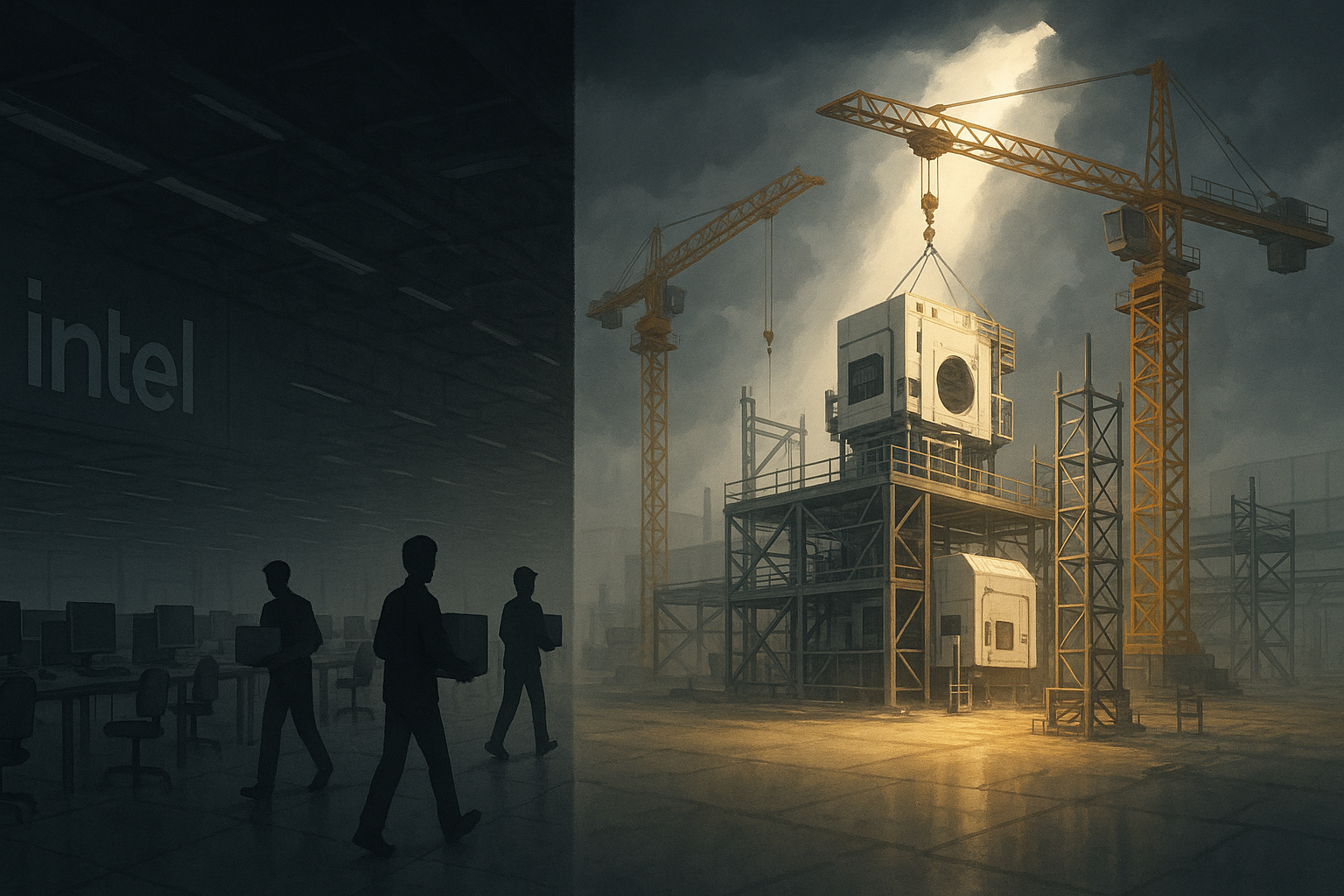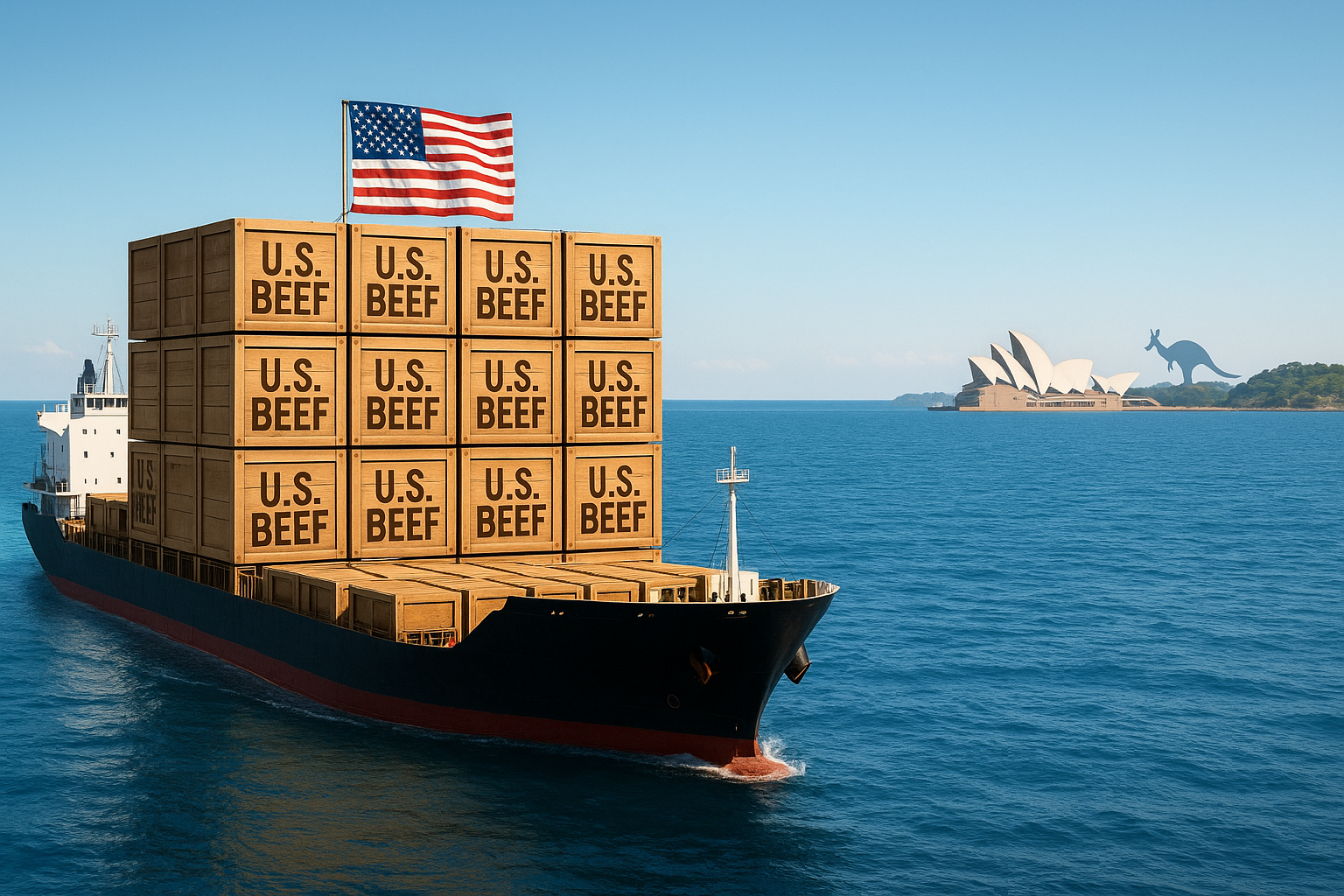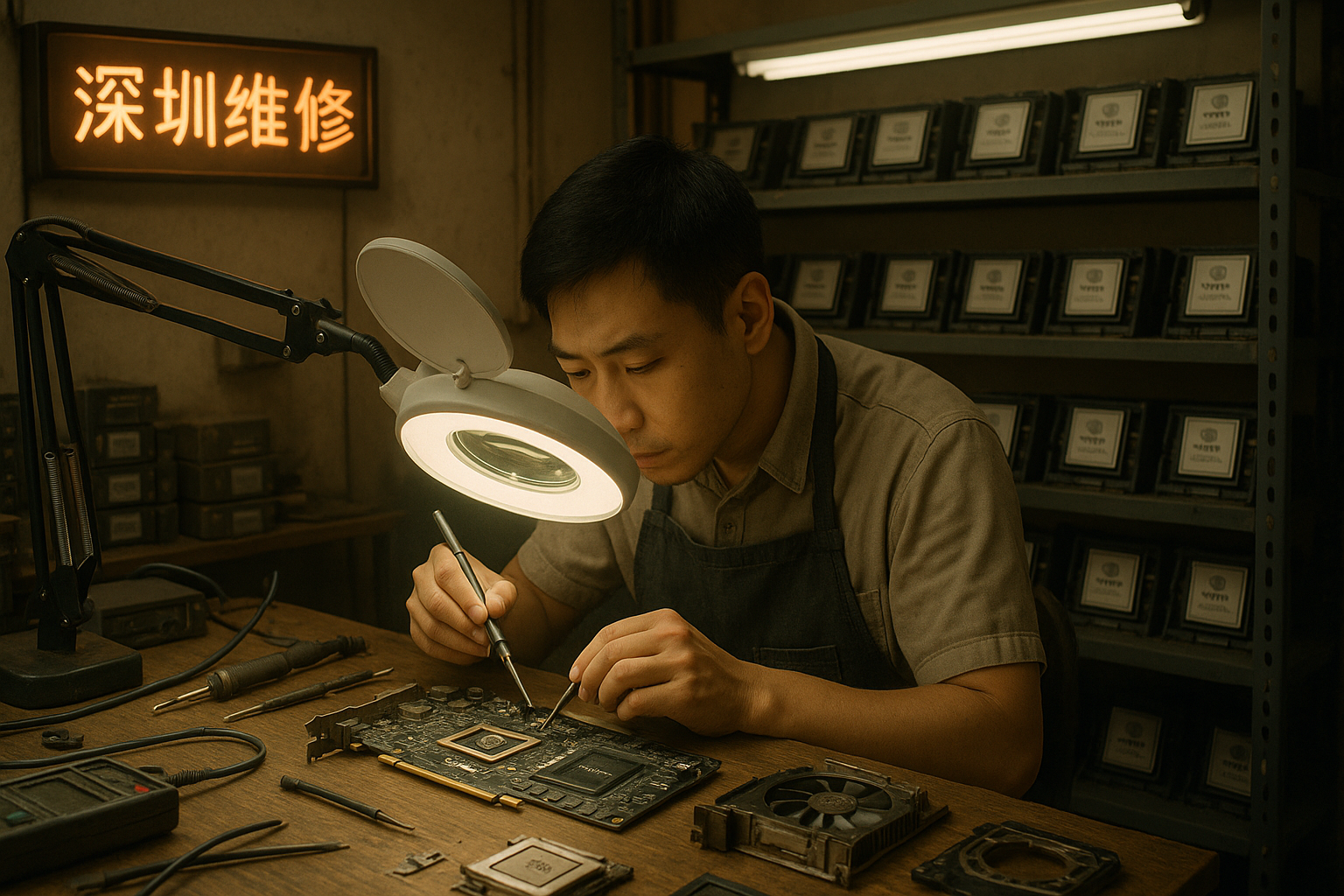Intel's having what you might call a "come-to-Jesus" moment. The once-dominant chip giant announced plans to slash roughly 15% of its workforce—about 15,000 jobs—while reporting a gut-punching $2.9 billion loss for Q2.
I've been covering tech transformations for years, and this one's particularly brutal.
The layoffs come after Intel spent decades atop the semiconductor mountain, only to watch rivals steadily chip away at its foundation. Now CEO Pat Gelsinger is essentially trying to rebuild an airplane while it's nosediving. Not exactly ideal circumstances.
What happened here? It's not complicated, really. Intel dominated PC and server chips for so long that the "Intel Inside" sticker became as familiar as the Windows startup sound. Then they whiffed. Repeatedly. They missed mobile computing (remember their Atom processors? No? Exactly). They missed the AI chip revolution that made Nvidia obscenely wealthy. And—perhaps most damaging—they fell behind in manufacturing technology.
The company that once defined cutting-edge chip fabrication now trails TSMC and Samsung. It's like watching Michael Jordan lose a pickup game to high schoolers. Just feels wrong.
(Full disclosure: I owned Intel stock years ago but sold during their early stumbles. Probably should've shorted it instead.)
The situation reminds me of a conversation I had with a former Intel executive last year. "We got comfortable," he told me over coffee, requesting anonymity to speak freely. "When you're on top for that long, you start believing your own press releases."
Intel's fundamental problem is something strategy professors love to discuss: the success trap. They became so successful with their integrated design-and-manufacturing model that when the industry shifted toward specialization, they couldn't—or wouldn't—adapt quickly enough.
Now Gelsinger's attempting what might be the tech industry's most ambitious transformation in decades. He's trying to:
- Fix the core chip business
- Catch up in manufacturing technology
- Launch an entirely new foundry business
- Cut costs dramatically
- Maintain shareholder returns
Any ONE of these would be challenging. All five? That's like trying to solve a Rubik's Cube while juggling chainsaws.
The most fascinating aspect is Intel's push into the foundry business—essentially offering to manufacture chips for other companies, competing directly with TSMC. This requires billions in capital investment right when they're losing billions. Not exactly timing the market, are they?
Look, workforce reductions make financial sense on spreadsheets. Intel's revenue per employee has plummeted compared to competitors like Nvidia (which, by the way, now has a market cap roughly 7x larger than Intel's... a sentence that would've seemed absurd five years ago).
But massive layoffs rarely fix strategic problems. They're corporate liposuction—you might look better temporarily, but unless you address the underlying issues... well, you know how this ends.
What's telling is that Intel is maintaining its dividend despite hemorrhaging cash. They're essentially telling investors, "Nothing to see here! Just a little restructuring!" while frantically bailing water below deck.
Can they pull it off? History offers mixed signals. IBM reinvented itself under Lou Gerstner. Microsoft transformed beautifully under Satya Nadella. But for every successful turnaround, there are a dozen Nokias, BlackBerrys, and Yahoos.
The difference here is the sheer capital intensity of semiconductor manufacturing. This isn't software where you can pivot quickly. Chip factories cost billions and take years to build. One manufacturing misstep can set you back 18 months—an eternity in tech time.
I spoke with three industry analysts this week who all used the same word to describe Intel's situation: "precarious."
Meanwhile, the stakes extend beyond Intel's shareholders. The U.S. government has bet billions through the CHIPS Act on revitalizing domestic semiconductor manufacturing, with Intel as a centerpiece of that strategy. Having America's technological competitiveness partially riding on one troubled company's transformation? That seems... suboptimal.
Will Intel emerge reborn or fade into tech history? The semiconductor landscape five years from now will certainly look different than today's. Whether Intel plays a leading role or becomes a case study in business schools remains very much an open question.
In the meantime, 15,000 employees are polishing résumés, and Nvidia's Jensen Huang is probably shopping for another leather jacket.




